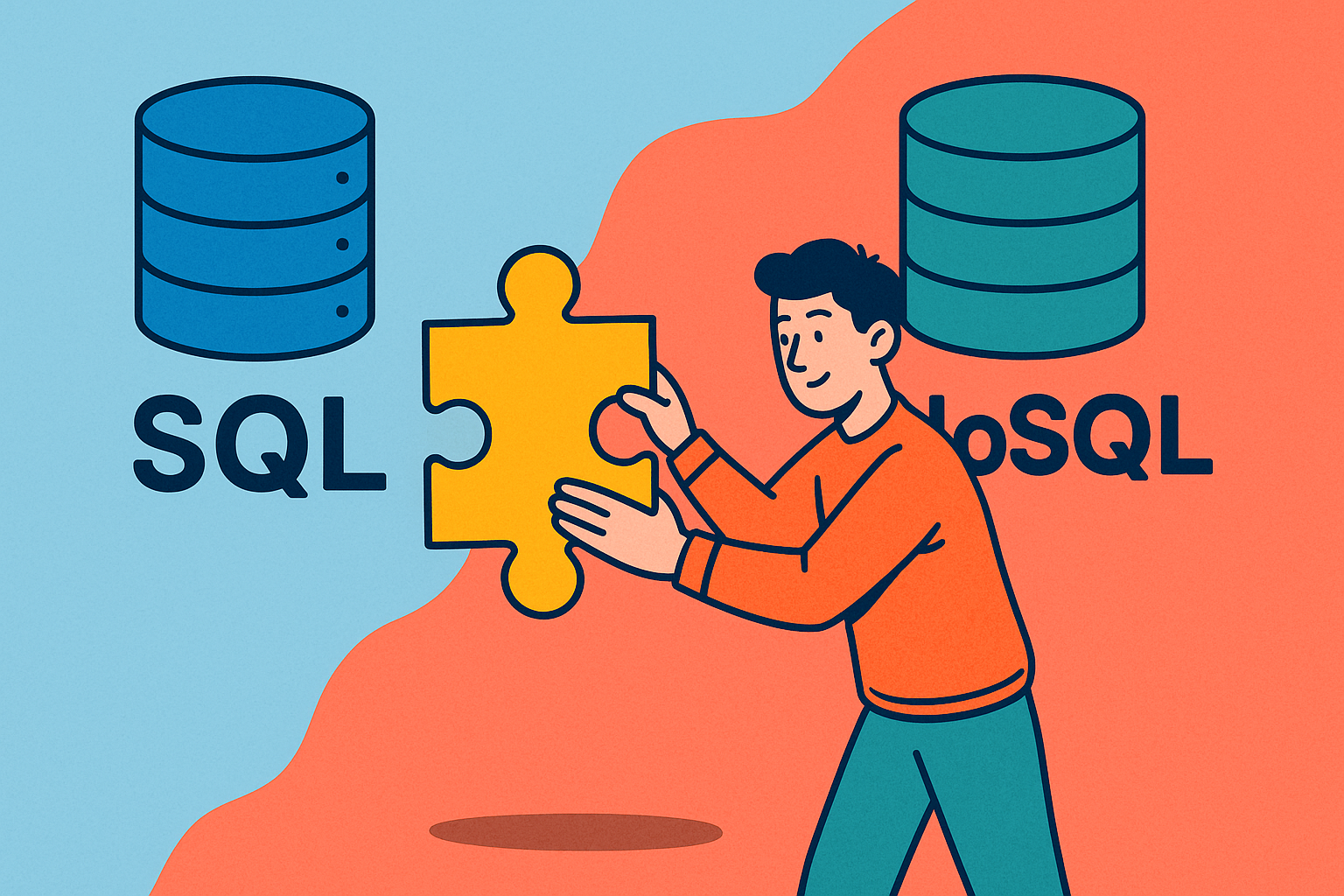Setting the Stage: Why Data Integration Is a Cornerstone in Marketing Analytics
In the modern landscape where data reigns supreme, marketing is no exception. The sheer volume of information generated from customer interactions across multiple platforms has transformed marketing from an art into a sophisticated, data-driven discipline. The catch? This valuable data often resides in disparate systems — from CRM platforms and web analytics tools to social media feeds and customer support databases. This blog post seeks to explore the critical role that data integration plays in assembling a cohesive and effective marketing analytics strategy, ensuring a 360-degree view of customer interactions.
The Importance of Marketing Analytics
At the heart of every successful marketing strategy lies the potent power of analytics. Marketing analytics transcends the realm of traditional marketing metrics—like impressions, clicks, or views—to delve into deeper, more meaningful aspects that directly impact business objectives. In the era of big data and complex customer journeys, traditional metrics alone are insufficient to capture the full spectrum of customer interactions and preferences. Hence, marketing analytics plays a vital role in decoding the complexities of consumer behavior and illuminating the path to business growth.
A Catalyst for ROI Optimization
The importance of marketing analytics is particularly prominent when we look at Return on Investment (ROI). A business cannot solely rely on gut instincts to determine where to allocate its marketing budget. Instead, analytics offers a data-driven approach to understanding which marketing channels and strategies are delivering the best bang for the buck. Whether it's evaluating the success of an email marketing campaign or determining the impact of a social media ad series, the data harvested and analyzed can be directly tied back to ROI.
Driving Customer Segmentation and Personalization
In today's marketplace, mass marketing is rapidly becoming a relic of the past. The modern consumer expects personalized experiences, tailored to their unique needs and preferences. Marketing analytics enables businesses to segment their customer base into different categories based on a variety of factors, such as purchasing behavior, age, geographical location, and more. By tapping into this segmented data, businesses can create highly personalized marketing campaigns, dramatically enhancing customer engagement and satisfaction.
Enhancing Predictive Capabilities
The future of marketing lies in anticipation, not just reaction. With the advanced analytics algorithms now available, businesses can forecast future customer behaviors, market trends, and potential revenue streams. Predictive analytics utilizes historical data to identify patterns and trends that are likely to recur, enabling proactive decision-making. As the saying goes, "The best way to predict the future is to create it," and marketing analytics provides the tools to do just that.
Navigating the Multi-Channel Maze
The modern customer journey is far from linear, encompassing a wide array of touchpoints across various channels—online and offline. Marketing analytics helps businesses make sense of this multi-channel maze. It provides the means to track customer interactions across different platforms, thereby providing a more holistic view of the customer journey. This enables marketers to identify the most effective channels and optimize strategies accordingly, ensuring that they meet customers at the right place, at the right time, with the right message.
In sum, marketing analytics is not merely an optional add-on but a core component of modern marketing. "Without big data analytics, companies are blind and deaf, wandering out onto the Web like deer on a freeway," remarks Geoffrey Moore, author and business consultant. It's an essential tool that enables businesses to make informed decisions, allocate resources more effectively, and ultimately steer the organization towards its strategic goals.
Challenges in Marketing Data Aggregation
Marketing departments operate in a complex ecosystem, with data pouring in from a plethora of platforms, including but not limited to, CRM systems, web analytics, social media analytics, and customer service interactions. Each source has its unique data format, structure, and semantics.
The diversity of data sources naturally leads to fragmentation, commonly known as data silos. These isolated pockets of information make it difficult to assemble a cohesive view of the customer. Moreover, different data formats and inconsistencies pose challenges in data quality, turning a potentially enlightening analytics initiative into a quagmire of inaccuracy and inefficiency.
Data Integration: The Missing Link
In this complex environment, data integration emerges as the linchpin of an effective marketing analytics strategy. In essence, data integration involves collecting data from multiple sources and providing a unified view. By breaking down silos and synchronizing disparate data, it ensures uniformity and consistency across the board. Technology strategist Mike Ferguson emphasized the role of data integration in "establishing a single source of truth." This single source becomes the basis for actionable insights and intelligent decision-making, propelling marketing strategies that are not just effective but laser-focused.
Enhanced Techniques and Approaches for Data Integration in Marketing Analytics
The methodology behind data integration can be as complex as the data itself, a multi-faceted endeavor that goes well beyond merely transferring data from point A to point B. In the context of marketing analytics, it's crucial to understand that the chosen integration technique must suit the specific goals of the marketing strategy, whether it's real-time analytics, predictive modeling, or customer segmentation. Let's explore some of the most commonly used techniques and how they fit into different marketing scenarios.
ETL (Extract, Transform, Load)
The classic ETL methodology continues to be a mainstay in data integration, especially for large organizations that have well-established, structured databases. The "extract" step involves pulling data from various source systems, which could be anything from CRM platforms to social media analytics tools. Then, the "transform" stage molds this data into a unified format. Finally, the "load" phase pushes this transformed data into a data warehouse. What makes ETL a preferred method for many is its ability to perform complex transformations, providing a high level of data consistency and quality, which is essential for accurate analytics.
ELT (Extract, Load, Transform)
An alternative to ETL, ELT (Extract, Load, Transform) has gained popularity, particularly with cloud-based data warehouses like Snowflake or Redshift that are designed to handle large-scale transformations. As the name implies, ELT reverses the transformation and loading steps. Data is first loaded into the data warehouse, and transformations occur within that environment. ELT offers advantages in processing speed, and its ability to handle large datasets makes it a good fit for real-time or near-real-time analytics, an increasingly vital aspect of modern marketing strategies.
API-based Integration
With the rise of SaaS platforms and web services, API-based integration has carved a significant niche for itself. APIs, particularly RESTful APIs, have become the lifeblood of real-time data exchange between different platforms. For instance, you may have a marketing automation tool that needs to communicate with your CRM system. API-based integration enables real-time, bidirectional data flow, thereby allowing marketing analytics tools to access fresh data instantly for up-to-the-minute insights. API integrations are especially beneficial for event-based marketing campaigns that rely on real-time triggers and actions.
iPaaS (Integration Platform as a Service)
In a business ecosystem striving for agility and scalability, iPaaS offers a flexible and streamlined approach to data integration. Platforms like Martini, MuleSoft, or Dell Boomi provide pre-built connectors and integration flows for a wide range of data sources. With iPaaS, marketers can manage data integration across different platforms without worrying about the underlying complexities, like data format or structure. This is particularly useful for smaller businesses or organizations looking to integrate hybrid environments that include both cloud and on-premises solutions.
Stream Processing
For marketing initiatives that depend on real-time analytics — think dynamic pricing models or personalized content delivery — stream processing technologies like Apache Kafka or Amazon Kinesis offer immense value. These platforms enable data to be ingested, processed, and analyzed in real time as it's generated. This instantaneous analysis allows for immediate action, a capability invaluable in today's fast-paced marketing landscape.
By diving deep into these techniques, it becomes clear that no one-size-fits-all approach exists. The choice of data integration methodology will hinge on various factors including data volume, required processing speed, and the specific analytics goals. As organizations continue to evolve and adapt, the tools and techniques for data integration will likely undergo similar transformations, continually shaping and redefining the landscape of marketing analytics.
Case Study: Data Integration in Action
Consider the example of a global e-commerce giant that previously relied on siloed views of customer data, leading to fragmented marketing efforts. After implementing a comprehensive data integration strategy using a mix of ETL and iPaaS solutions, they achieved a unified customer data repository. The results were telling: not only did their customer engagement rates soar, but they also saw a substantial increase in marketing ROI. The streamlined data helped them personalize marketing strategies at scale, thereby achieving both efficiency and effectiveness.
Best Practices for Effective Data Integration
While the technologies and methodologies may vary, some universal best practices hold true for data integration in the context of marketing analytics. First and foremost is the aspect of data governance. Having a structured governance model ensures data quality and reliability. Equally critical is to keep compliance and security at the forefront, given the sensitivity of customer data and the increasing rigor of data protection laws globally.
It's imperative that any data integration strategy should align with the business objectives, ensuring that the unified data source actually serves the insights and decision-making processes it is intended to support.
Future Trends: Data Integration and Machine Learning
The data integration space is not static; it evolves at the same breakneck speed as the data it aims to manage. One of the most intriguing developments is the increasing role of machine learning algorithms in automating and optimizing data integration tasks. Donald Feinberg, a Gartner analyst, projects that "machine learning will automate database management functions." This automation extends into marketing analytics, where machine learning models can identify patterns and anomalies in real-time, fine-tuning marketing strategies on the fly.
Final Takeaways: The Future of Data-Driven Marketing Analytics
Data integration is the unsung hero in the orchestra of marketing analytics. It ensures that the cacophony of disparate data sources and formats comes together in a harmonious symphony of actionable insights. By establishing a single source of truth, it underpins a 360-degree view of customer interactions, thereby driving more effective and targeted marketing strategies.
As businesses continue to navigate the complexities of multi-channel customer interactions, the importance of an integrated, cohesive data strategy cannot be overstated. Whether through traditional ETL processes, modern API-based solutions, or burgeoning iPaaS platforms, effective data integration remains key to unlocking the full potential of marketing analytics.
 is now
is now


